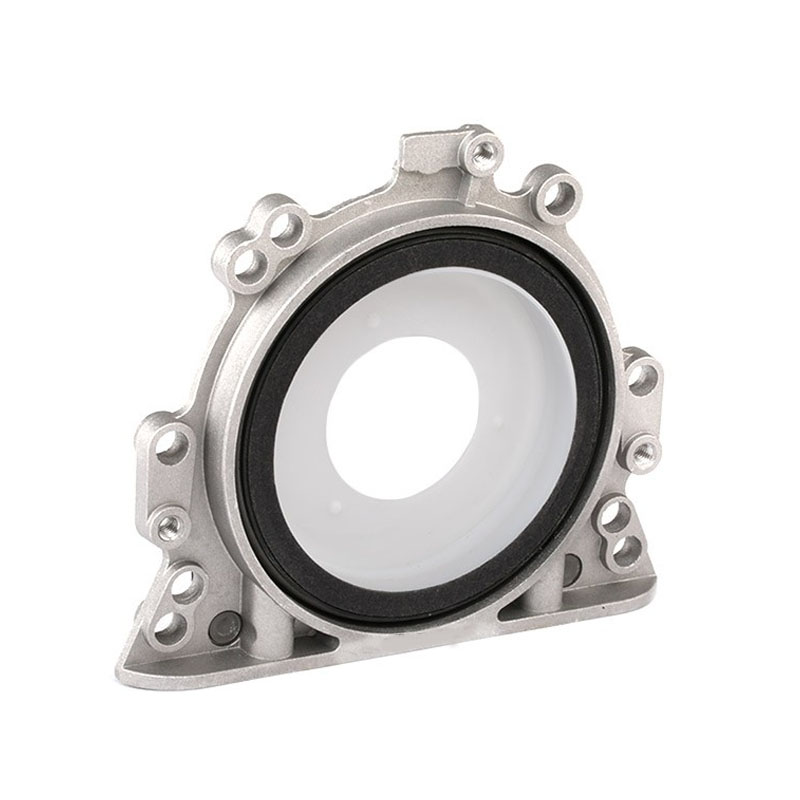Understanding Radial Shaft Seal Rings and Their Applications in Mechanical Systems
Understanding Radial Shaft Seal Rings
Radial shaft seal rings are critical components in various mechanical systems, especially in rotary equipment. They serve a vital role in preventing the leakage of lubricants and other fluids, ensuring the efficiency and longevity of machinery. These seals are designed to fit snugly around rotating shafts, creating a barrier that minimizes the escape of oils and greases while simultaneously keeping contaminants at bay.
A radial shaft seal typically consists of a rubber or elastomer material with a metal shield or casing. This combination provides excellent flexibility and durability, allowing the seal to function effectively even under harsh operating conditions. The design of radial seals is such that they can handle changes in pressure and temperature, making them suitable for diverse industries, including automotive, aerospace, and heavy machinery.
The sealing principle of radial shaft seal rings is relatively straightforward. As the shaft rotates, the seal's lip comes into contact with the shaft's surface. This contact creates a dynamic sealing action that prevents fluids from leaking out and debris from entering. The material properties of the seal, particularly its hardness and elasticity, are crucial in maintaining an effective seal. Too hard a seal may not conform well to the shaft's surface, leading to leaks, while too soft a seal may wear out quickly.
radial shaft seal ring

In addition to their sealing capabilities, radial shaft seal rings also play a role in reducing friction between the shaft and the housing. This reduction in friction not only contributes to smoother operation but also helps in minimizing wear on both the shaft and the seal itself. Therefore, selecting the right material for the seal is essential. Common materials used in radial shaft seals include nitrile rubber, fluoroelastomer, and silicone, each chosen for their specific properties and resistance to various substances.
When it comes to installation, proper alignment and fitting of the radial shaft seal are crucial. An incorrectly installed seal can lead to premature failure and costly downtime. Hence, attention to detail during installation, along with regular maintenance checks, can significantly enhance the lifespan and effectiveness of these seals.
In conclusion, radial shaft seal rings are indispensable in maintaining the efficiency and performance of rotating machinery. Their ability to prevent leaks and protect against contaminants makes them a key element in various applications. Understanding their design, materials, and installation processes can lead to better selection and utilization, ultimately contributing to the reliability and performance of industrial equipment. As technology advances, the materials and designs of radial shaft seals continue to evolve, promising even greater efficiency and longevity in mechanical systems.
-
Your Essential Guide to Car Repair Kits: From Rust to Dings
News Jun.13,2025
-
Understanding Vital Engine Seals: Key Gaskets in Diesel and Performance Engines
News Jun.13,2025
-
The Vital Role of Bearings in Marine and Boating Applications
News Jun.13,2025
-
Sealing the System: A Complete Guide to Engine Oil Gaskets
News Jun.13,2025
-
Sealing the Foundation: A Complete Guide to Engine and Transmission Pan Gaskets
News Jun.13,2025
-
Essential Bearings and Hubs for Marine Vessels and Trailers
News Jun.13,2025
-
Your Complete Guide to Automotive Oil Drain Plugs and Valves
News Jun.12,2025
Products categories















